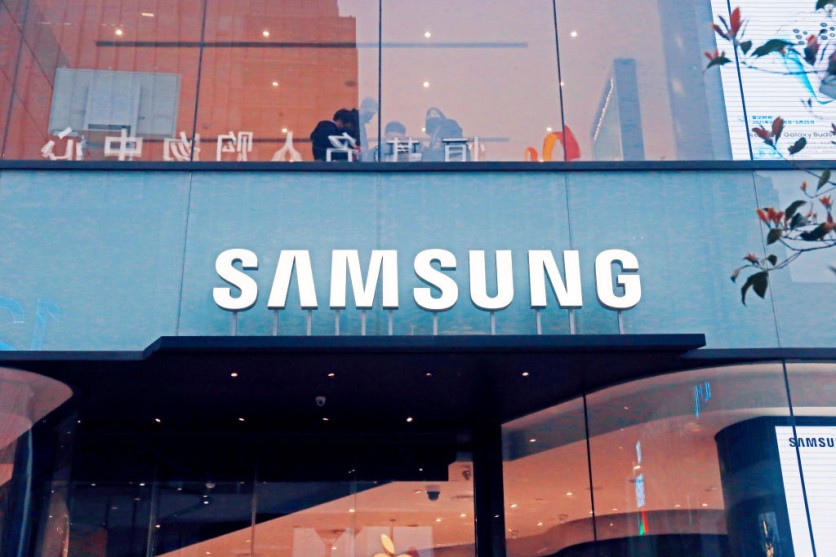
Samsung created an all-new image sensor that would help night drivers to try and shift their focus away from just smartphones and electronics.
The image sensor called ISOCELL Auto 4AC will be used in the rear-view cameras that can sustain a surround-view monitor that is paired on a vehicle with high definition resolution images. The image sensor consists of an optical format that is minuscule, but essential for safety.
Samsung Plans Even More Sensors
The South Korean company planned on creating more of the sensor lineup consisting of autonomous driving, in-cabin monitoring, and camera monitor systems or CMS.
Duckhyun Chang, the executive vice president of sensor business said, "The new ISOCELL Auto 4AC combines Samsung's innovative and market-proven image sensor technologies with a unique CornerPixel solution for advanced HDR and LFM capabilities, offering exceptional viewing experiences regardless of lighting conditions."
The ISOCELL Auto 4AC brings to the table an enhanced field of view(FOV) for the driver to utilize.
The enhanced FOV is using CornerPixel technology that features a specialized pixel structure to be able to mitigate LED light over 90Hz.
What's Good About The Sensors?
Samsung said that the two photodiodes can capture images in various exposures at the same time, and will be able to offer up to 120db HDR with very minimal motion blur. This allows a clearer picture of the view surrounding the vehicle, regardless of whether you're driving during the day or at night.
You will be able to have an almost complete viewing angle of your car's peripheral and rear vision with clear quality images that can be seen within the monitor, thanks to Samsung's ISOCELL Auto 4AC sensor. Night driving should now be easier for the driver.
On top of the ISOCELL Auto 4AC, the company also released another sensor that assists drivers at night or in extreme conditions, based on an article from Samsung Newsroom. The sensor is dubbed as the PixCell LED, which uses adaptive driving beams to existing LED modules.
PixCELL LED's can improve driver safety and visibility at night and conditions such as rain and fog.
Adaptive Driving Beam or ADB systems, if paired together with the new sensor, could tremendously improve drivers' safety and overall awareness with the information that is fed constantly through the monitor within the vehicle.
Un Soo Kim, senior vice president of the LED Business Team said, "Much more than a simple automotive lighting source, Samsung's PixCell LED is based on new lighting technology designed to improve road safety and driving convenience."
Future of Samsung Auto Technology
As mentioned earlier, the company plans to push not just their sensors, but automated driving, as mentioned by Reuters.
Samsung is currently in the development of an autonomous driving chip for Waymo. Waymo's parent company is none other than Google.
The automated driving chip will be able to compute data from onboard sensors within the vehicle that controls the functions that are exchanged back-and-forth from Google data centers in real-time.
The project is rumored to be developed by Samsung's logic chip development division called System LSI's Custom SOC Business Team.
Read More : Samsung Galaxy Unpacked on August 11, Details and Rumours, All You Need to Know Before it Goes Live
This article is owned by Tech Times
Written by Alec G.
ⓒ 2026 TECHTIMES.com All rights reserved. Do not reproduce without permission.




